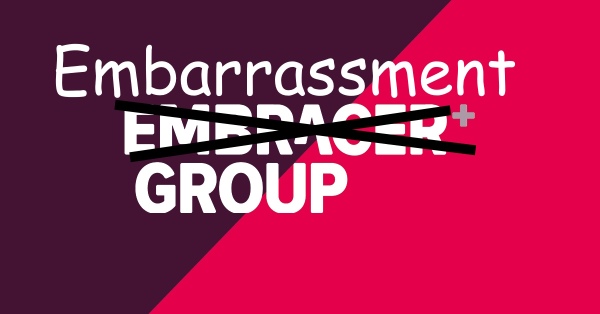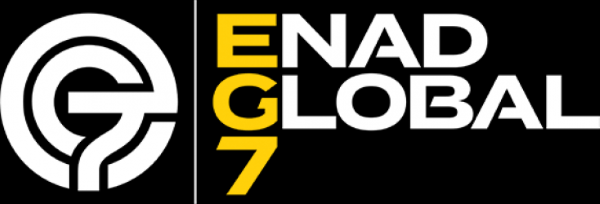It is Easter on Sunday, at least western Easter. Orthodox Easter isn’t until… oh wow, May 5th. So Cinco de Mayo and Greek Easter together, that should be some fun. Anyway, all I have today is some updates around a few things I previously covered.
-
DC Universe Online now PlayStation 5 Native
As expected, Daybreak/Enad Global 7 has launched a PlayStation 5 version of its popular DC Universe Online title. DCUO is the biggest revenue earner in the Daybreak catalog of titles and the company blamed a bit of their revenue shortfall in 2023 on the fact that the title wasn’t available as a native PlayStation 5 application.
Unexpected was the sudden arrival of the update, unheralded by any build up. Instead, there was just a post over on the DCUO site on Tuesday announcing it had launched. Surprise!
Included in the announcement was a FAQ about the PlayStation 4 and 5 versions of the game as well as a Producer’s Letting going into more plans around the game as well as a roadmap for the game through Q1 2025.
I’m still not sure what is going on with PlanetSide 2, the IP for which was sold according to the last quarterly investors update, but which otherwise appears to be still on the Daybreak list of game. But DCUO seems to be on a solid course.
-
Guild Wars 3 Confirmed!
At the NCsoft shareholder meeting earlier this week, when challenged about under performing titles, declining disclose individual game revenues, and general executive responsibility, the company’s acting chairman did a lot of hand waving, but in the midst of his half-assed defense, threw out the tidbit that ArenaNet was working on Guild Wars 3.
For the MMO audience, that immediately became the news, and coverage has popped up about it at several sites, along with cautions about what this really mean. Coverage:
The caution is, of course, to not get too excited just yet. This was hardly a planned announcement and, to my mind, carries less weight than Ji Ham declaring last year that they are planning to work on a new EverQuest title. In part, that is because we know that ANet is actively working on the next two Guild Wars 2 expansions.
Following on from that statement the company told local news that the title is “in the review stage and the start of development has not been finalized.” Still, it could be a thing at some future date.
-
Embracers Unembraces Gearbox
The awful Embracer Group, whose business plan seems to have been:
-
-
- Buy a bunch of game studios
- …
- Profit!
-
continues its ongoing deconstruction as the crumbling wannabe conglomerate signed a deal to sell Gearbox, creator of the popular Boarderlands franchise, to TakeTwo Interactive for $460 million. That is more than the $363 million Embracer spent on the studio back in 2021, though sources say that the deal ended up costing Embracer more than a billion dollars because… well, incompetence.
This will likely not be the last departure from the now ironically named Embracer Group.
Meanwhile, TakeTwo Interactive seems to have conglomeration visions of its own. It currently owns Rockstar, makers of the popular Grand Theft Auto series, 2K, which publishes the Civilization series, BioShock, and the Boarderlands titles (so that will all be under one roof now), and… checks notes… Zynga, whose best financial move was buying property in the SF Bay area in the mid-2000s, the sale of which earned it more money than all the FarmVille whales combines.
In the midst of all of this, Embracer announced, after shutting down development on nearly 30 titles and laying off around 1,400 staff, along with this sale of a key asset, that their restructuring is done, but they are not yet ready to start acquiring studios again. JFC, the lack of self-awareness is simply unbelievable. I pity any studio Embracer is able to get its incompetent claws into going forward, should they manage to get enough nickles saved up to do so.
Always thinking about that shareholder value over at Embracer.
-
Blizzard and NetEase Together Again Soon?
One of the final screw ups of the now finally gone Bobby Kotick was to poison the relationship between Activision Blizzard and NetEase, the company that operated Blizzard’s titles in China. Western companies need a Chinese partner in any such venture, and that partner must be a majority shareholder in the venture according to Chinese law, which gives the Chinese government the ability to pressure western companies when they are displeased, as we saw in the Blitzchung incident, which led to then Blizzard CEO J. Allen Brack to read an apology from the company that satisfied almost nobody.
It was enough to ask if doing business in China was worth having no moral grounding… but then there was money on the table and we have long since seen that morality and corporations have zero common ground unless there is legal pressure… so it was back to business as usual in China for the company.
That is, until Bobby Kotick screwed the whole deal up. NetEase did not call him out by name, but there aren’t a lot of other people who could meet their description of poor corporate governance and not be fired. So there was a messy and loud departure from China for Blizzard over a year back.
Now, however, Kotick is out, Microsoft is running the show, and The South China Morning Post was predicting last week (paywall now, sorry, though somehow I read the whole thing last week) that NetEase and Blizzard would resume their business relationship, bringing World of Warcraft and other titles back to mainland China by some point in April.
That seems like a fast move, but then again the Microsoft deal has been closed for a while now and Bobby was sent packing with his enormous severance package at the end of last year, so there has been plenty of time to get things back in motion.
The question now is, after a year of feeling betrayed, what sort of welcome will Chinese gamers give the returning Blizzard?
































